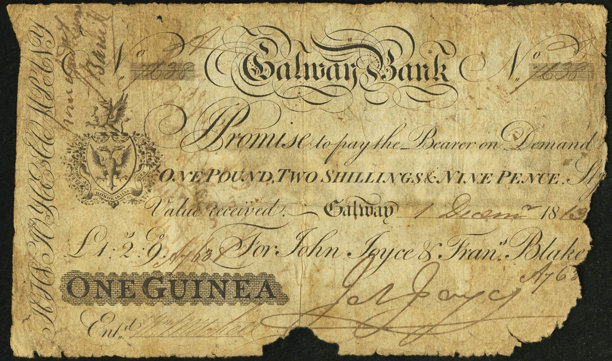
Galway Bank One Guinea 1813.
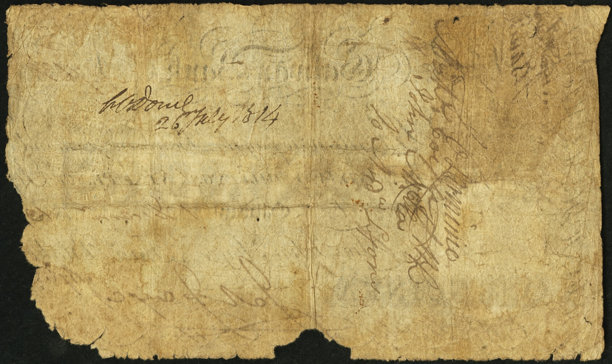
As ever, more to follow.




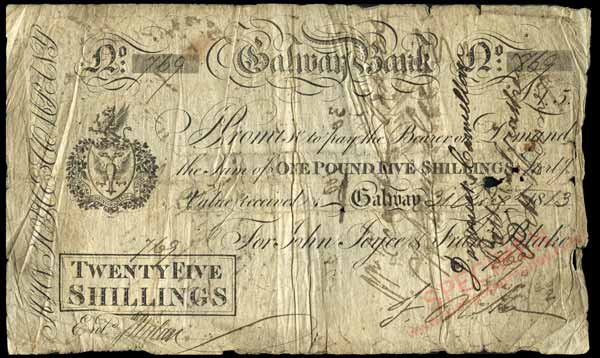

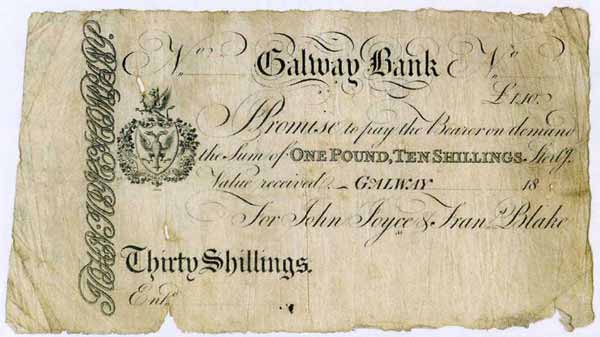

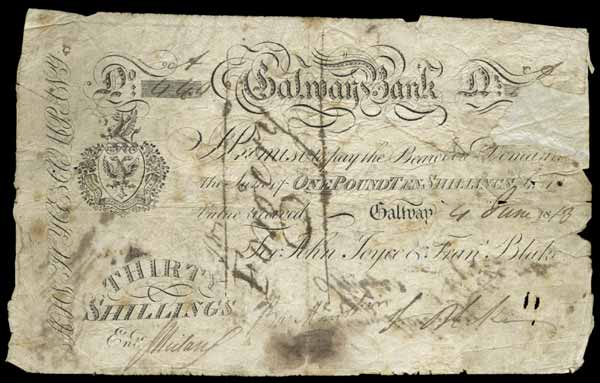









This adds a bit of extra interest to the bank notes of the time too.DOC wrote:The non-equivalence of the Irish and British pounds lead to odd denominations in Irish currency.






Yes, bills of exchange were transferable by endorsement and circulated as currency.

